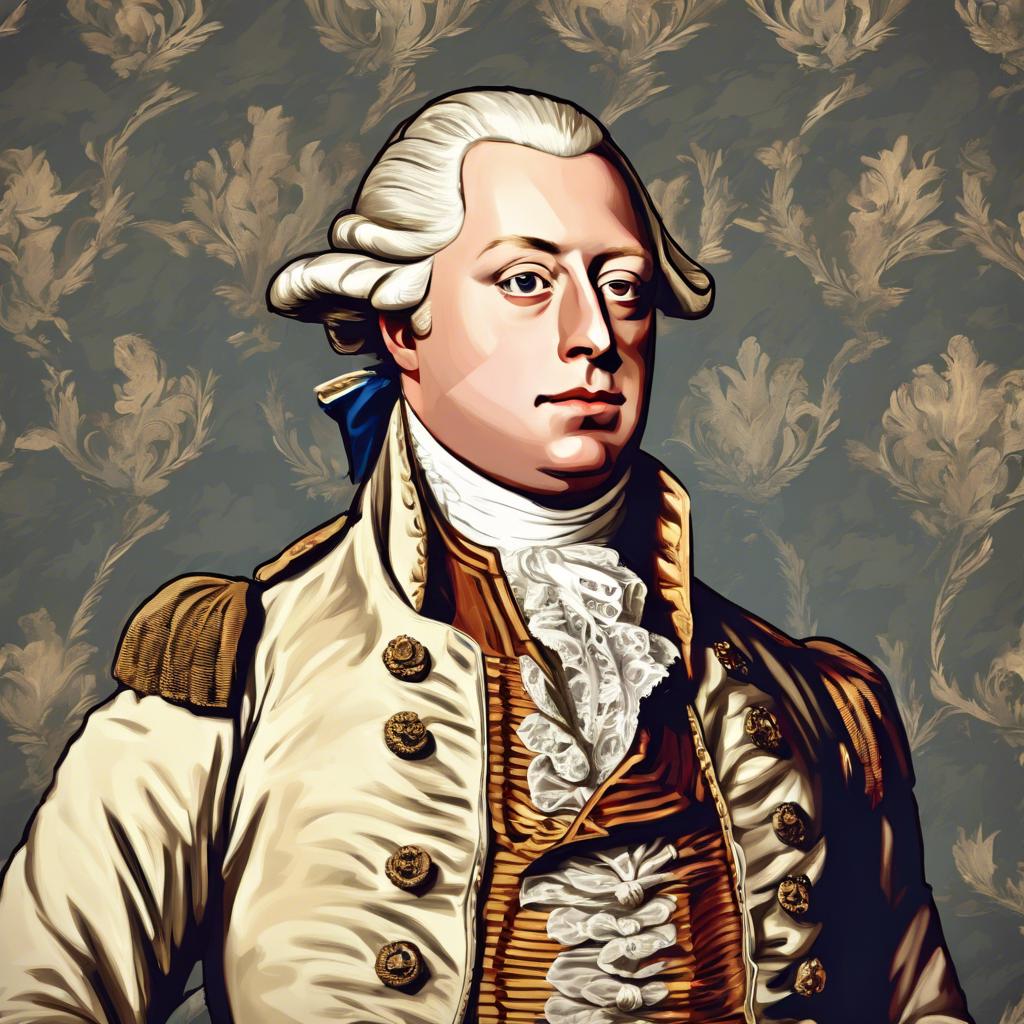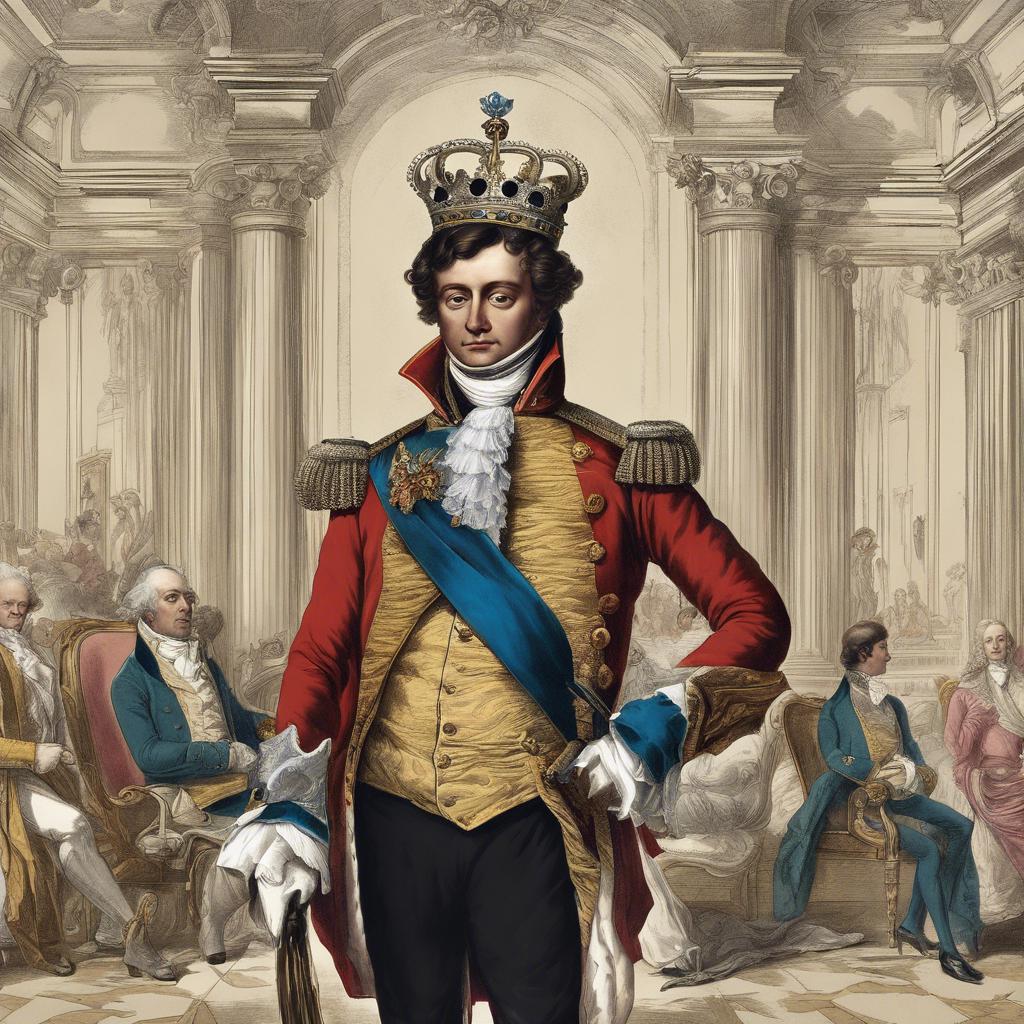During the Regency Era in England, a pivotal period characterized by cultural sophistication and political intrigue, a series of monarchs held the throne, each leaving a unique imprint on the nation’s history. From the charismatic Prince of Wales to the young King and the steadfast Queen Consort, the regal figures of this era navigated turbulent times with grace and authority. In this article, we will explore the succession of kings who ruled during the Regency Era, shedding light on their reigns and the impact they had on the course of British history.
Step Into the World of Cheryl Bolen
Dive into the enchanting stories of love, intrigue, and elegance set in the Regency Era. Cheryl Bolen's novels offer timeless romance and captivating tales that will leave you wanting more.
Explore Cheryl Bolen's Books Now
The Role of King George III in the Regency Era
King George III was the reigning monarch during the Regency Era, although he did not play a direct role in governing the country due to his mental illness. Despite his absence from political affairs, King George III had a significant impact on the cultural and social landscape of the time.
During King George III’s reign, England saw developments in the arts, literature, and architecture, known as the Regency style. This period marked a shift towards more elegant and refined aesthetics, with a focus on symmetry, light colors, and classical designs. The popularity of the neoclassical style during the Regency Era can be attributed to the king’s personal preference for classical art and architecture.
Despite his shortcomings in governance, King George III’s reign had a lasting influence on the cultural identity of the Regency Era. His patronage of the arts and promotion of neoclassical aesthetics shaped the artistic direction of the time, leaving a legacy that continues to be celebrated and emulated today.
The Influence of King George IV on Regency Society
King George IV, also known as the Prince Regent during the Regency Era, had a significant influence on Regency society. His extravagant lifestyle and love for the arts set the tone for the lavish and sophisticated culture of the time. As a patron of the arts, King George IV commissioned many grand architectural projects, such as the Brighton Pavilion, which showcased his love for intricate designs and luxurious living.
During King George IV’s reign, the fashion and etiquette of Regency society were greatly influenced by his own sense of style and refinement. The King set the trend for high-waisted coats, cravats, and elaborate accessories, which were emulated by the upper class and elite members of society. His love for grand balls and social gatherings also shaped the social scene of the Regency Era, with extravagant parties and elaborate dinners becoming the norm among the aristocracy.
In addition to his impact on fashion and social customs, King George IV also played a role in shaping political and economic policies during the Regency Era. His struggles with Parliament and his controversial personal life were subjects of public fascination and gossip, further shaping the cultural landscape of the time. King George IV’s influence on Regency society was undeniable, leaving a lasting legacy on the fashion, arts, and social norms of the era.
King William IV: A Transitional Figure in Regency Politics
King William IV, also known as the “Sailor King,” was a prominent figure in Regency politics during the early 19th century. Ascending the throne in 1830, he served as the King of the United Kingdom and Ireland until his death in 1837. William IV played a crucial role in the transition from the Regency era to the Victorian era, marking a shift in political ideals and leadership styles.
During his reign, King William IV faced numerous political challenges, including the passage of the Reform Act of 1832. This landmark legislation aimed to reform the electoral system in Britain by expanding voting rights and reducing corruption. Despite initial opposition from the aristocracy, the King ultimately supported the reform efforts, solidifying his reputation as a progressive monarch willing to adapt to the changing political landscape.
In addition to his political contributions, King William IV was also known for his naval background and love of the sea. As a former naval officer, he maintained a strong connection to the Royal Navy, earning him the nickname ”Sailor King.” His passion for maritime affairs influenced his policies and decisions as monarch, shaping his legacy as a transitional figure in Regency politics.
Recommendations for Further Understanding the Kings of the Regency Era
For those seeking to delve deeper into the fascinating world of the Regency Era and the kings who ruled during this period, there are several recommendations for further understanding and exploration.
**Books:**
- The Regency Years: During Which Jane Austen Writes, Napoleon Fights, Byron Makes Love, and Britain Becomes Modern by Robert Morrison
- George IV: The Rebel Who Would Be King by Christopher Hibbert
**Online Resources:**
- Explore the official Royal Collection Trust website for insights into the life and reign of King George IV.
- Visit the British Library’s online archives for a wealth of primary source materials related to the Regency Era and its monarchs.
In Conclusion
the Regency era was a unique period in British history marked by the absence of a reigning monarch and the rise of a Regent to oversee the affairs of the kingdom. Throughout this time, George IV served as the Regent, taking on the responsibilities of the crown in the absence of his father, George III. His flamboyant personality and extravagant lifestyle left a lasting impact on the culture and society of the time. As we reflect on the complex dynamics of power and authority during the Regency era, we gain a deeper understanding of the political and social landscape of the early 19th century.


